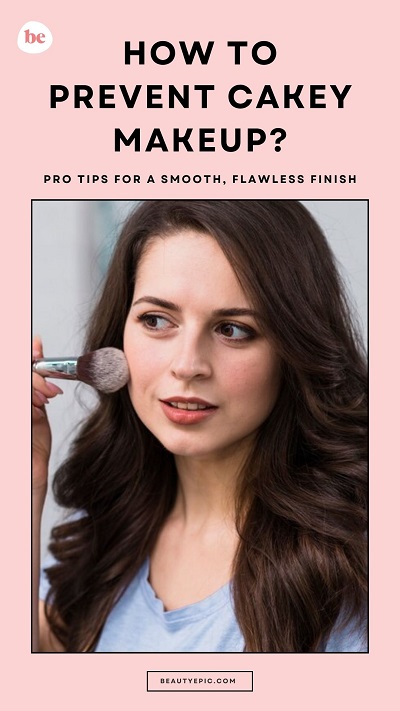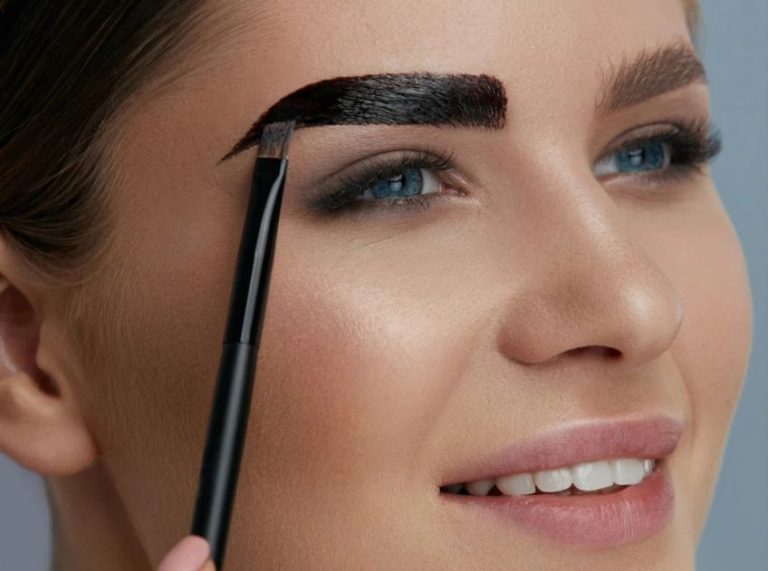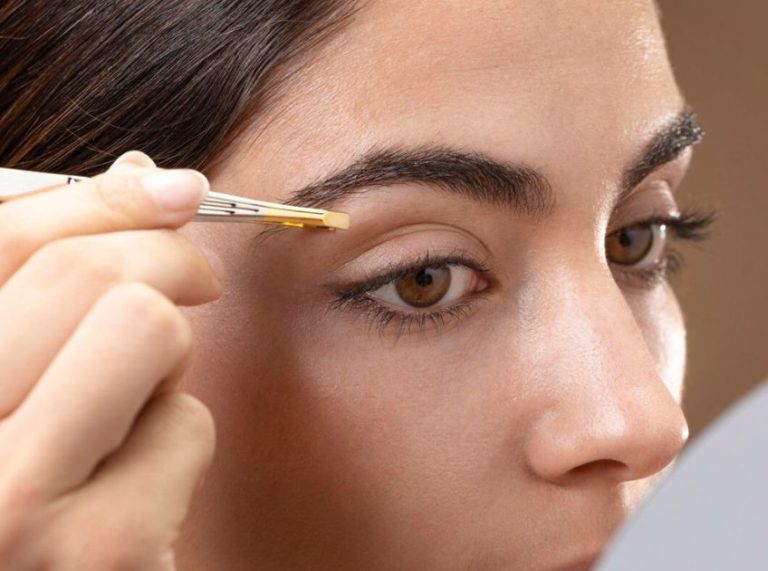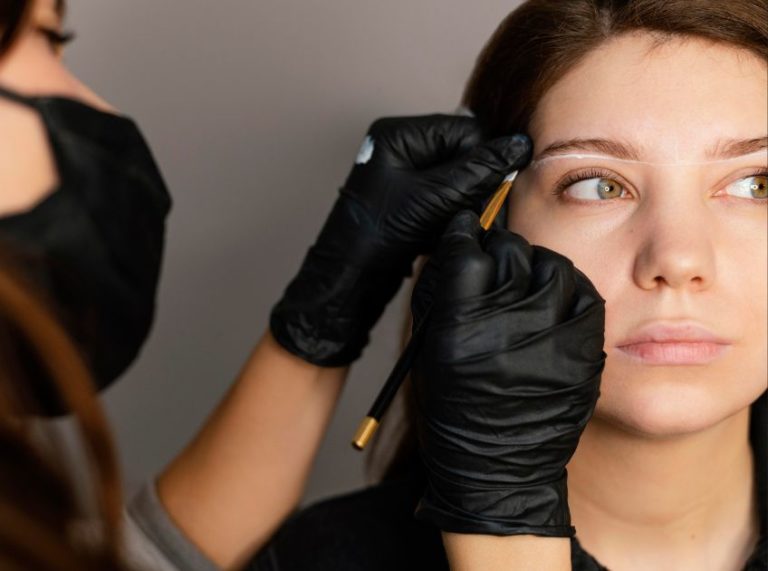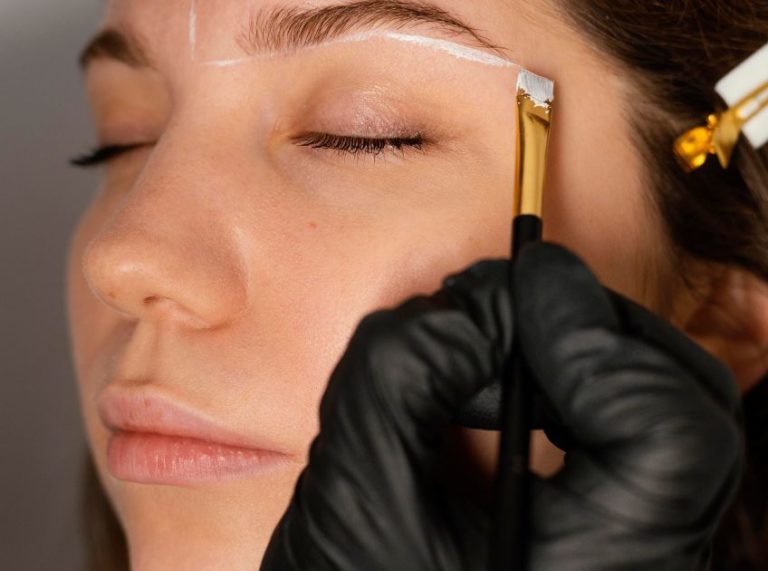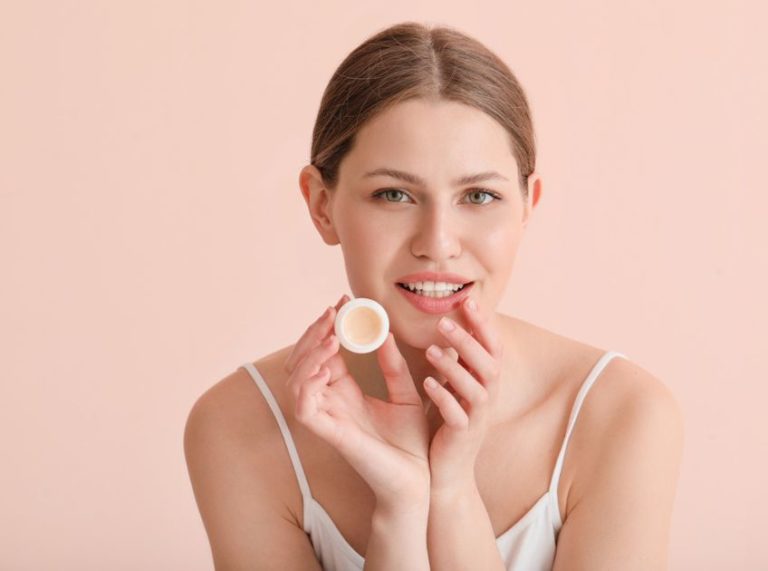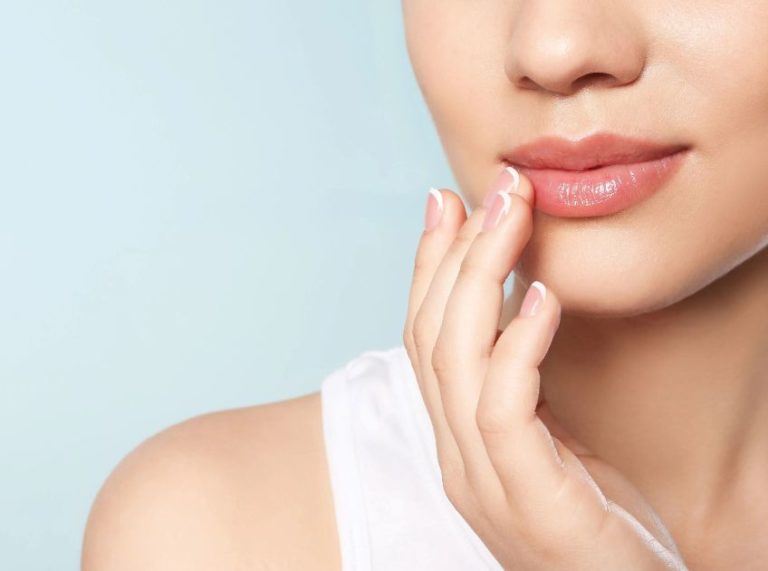
Important: This article is for informational purposes only. Please read our full disclaimer for more details.
Cakey makeup is one of the most frustrating beauty mishaps—no matter how expensive your products are, it can make your skin look dry, heavy, and overdone. The good news? It’s completely fixable and preventable with the right techniques. Whether you’re dealing with dry patches, product piling, or too much foundation, this guide will walk you through what causes cakey makeup, how to fix it, and the expert-approved steps to avoid it in the future.
What Exactly Causes Cakey Makeup?
Before you can fix cakey makeup, it’s important to understand why it happens in the first place. Common culprits include:
- Lack of skin prep: Dry, flaky, or textured skin doesn’t hold product well.
- Using too much product: Over-applying foundation or concealer often backfires.
- Wrong formulas for your skin type: Matte products on dry skin or overly dewy products on oily skin can separate and build up.
- Skipping primer or setting spray: Without a proper base or finish, makeup struggles to stay smooth.
- Layering too quickly: Not allowing each product to settle before applying the next can lead to clumping.
Cakey makeup isn’t just about the products you use—it’s about how you use them.
How to Instantly Fix Cakey Makeup (Without Starting Over)
Already applied your makeup and are noticing it’s looking thick or patchy? Here are easy fixes:
1. Dampen a sponge and press, don’t swipe
Use a damp beauty sponge to gently press the makeup into your skin. This helps absorb excess product and smooth out uneven areas.
2. Mist with a hydrating setting spray
A fine mist, like a glycerin- or aloe-based setting spray, can melt the powdery look into your skin for a more natural finish.
3. Add a drop of facial oil or moisturizer
For dry, cakey spots, lightly dab a tiny amount of facial oil or moisturizer with your finger or sponge to break up dryness.
4. Use blotting paper or tissue.
If your cakey look is caused by oil buildup, press blotting paper or tissue onto your skin to absorb shine without disturbing makeup.
5. Re-blend areas with a clean brush
If creasing has occurred, use a clean blending brush to lightly buff the area and smooth the lines.
Expert Tip: Avoid applying more powder or foundation over cakey areas—it usually makes things worse.
5 Foolproof Ways to Prevent Cakey Makeup from Happening
Prevention is always better than the fix. These steps will help you achieve a flawless, long-lasting base without the dreaded cake effect:
1. Prep Your Skin Like a Pro
Well-prepped skin is the foundation of smooth makeup. Start with a hydrating cleanser, exfoliate twice a week, and apply a lightweight moisturizer tailored to your skin type. Don’t skip sunscreen—choose one that layers well under makeup.
2. Choose the Right Base Products
Know your skin type before picking your foundation. Use hydrating or dewy formulas for dry skin, and oil-free or satin formulas for oily skin. Silicone-based primers help smooth the texture and grip your makeup.
3. Apply in Thin, Buildable Layers
Always apply a small amount of foundation first and blend it fully before adding more. Dot the product across your face and blend using a damp sponge for an even, natural look.
4. Let Each Layer Set Before Moving On
Whether it’s moisturizer, primer, or concealer, give each step time to absorb and settle before adding the next. This reduces product piling and helps makeup adhere better.
5. Lock It in Wisely
Set your makeup with a translucent loose powder only where needed (like the T-zone). Follow with a setting spray to remove excess powdery finish and help everything meld seamlessly.
Pro Tip: Avoid setting your under-eye area with too much powder—it’s the first place makeup creases and cakes.
Frequently Asked Questions (FAQ’S)
1. Can cakey makeup happen even with high-end products?
A. Yes. Cakiness is more about technique than price. Without proper prep or application, even luxury makeup can look heavy or patchy.
2. Should I use less product if I have dry skin?
A. Absolutely. Dry skin requires thinner layers and more hydrating formulas. Focus on skincare first, then apply makeup minimally for the best results.
3. Is it better to apply foundation with a brush or a sponge?
A. A damp sponge is generally better for preventing cakey makeup, as it helps press product into the skin and avoids excess buildup. Brushes are great for blending but can leave streaks if not used carefully.
Final Thoughts
Cakey makeup doesn’t have to be a regular struggle. By understanding the causes and mastering simple fixes and prevention steps, you can enjoy a smooth, radiant finish that looks fresh all day. Focus on hydration, smart layering, and tailored product choices. Remember—flawless makeup starts with healthy, well-prepped skin and thoughtful application.
